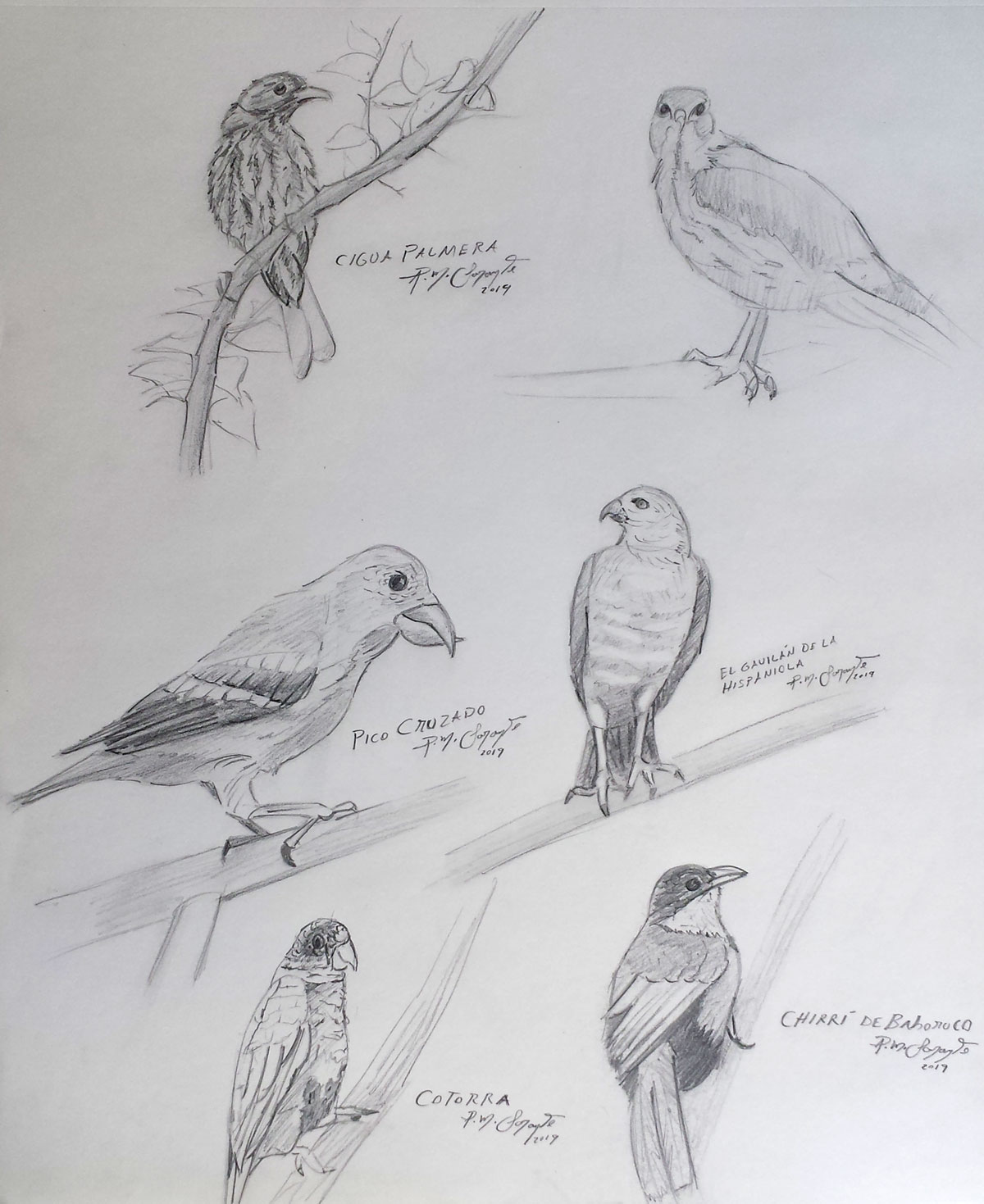This first article mention some of the endemic birds of Hispaniola island that are part of the rich biodiversity offered. Many of these species have been in a critical state of extinction, so their sightings are usually only possible in scientific reserves and national parks.
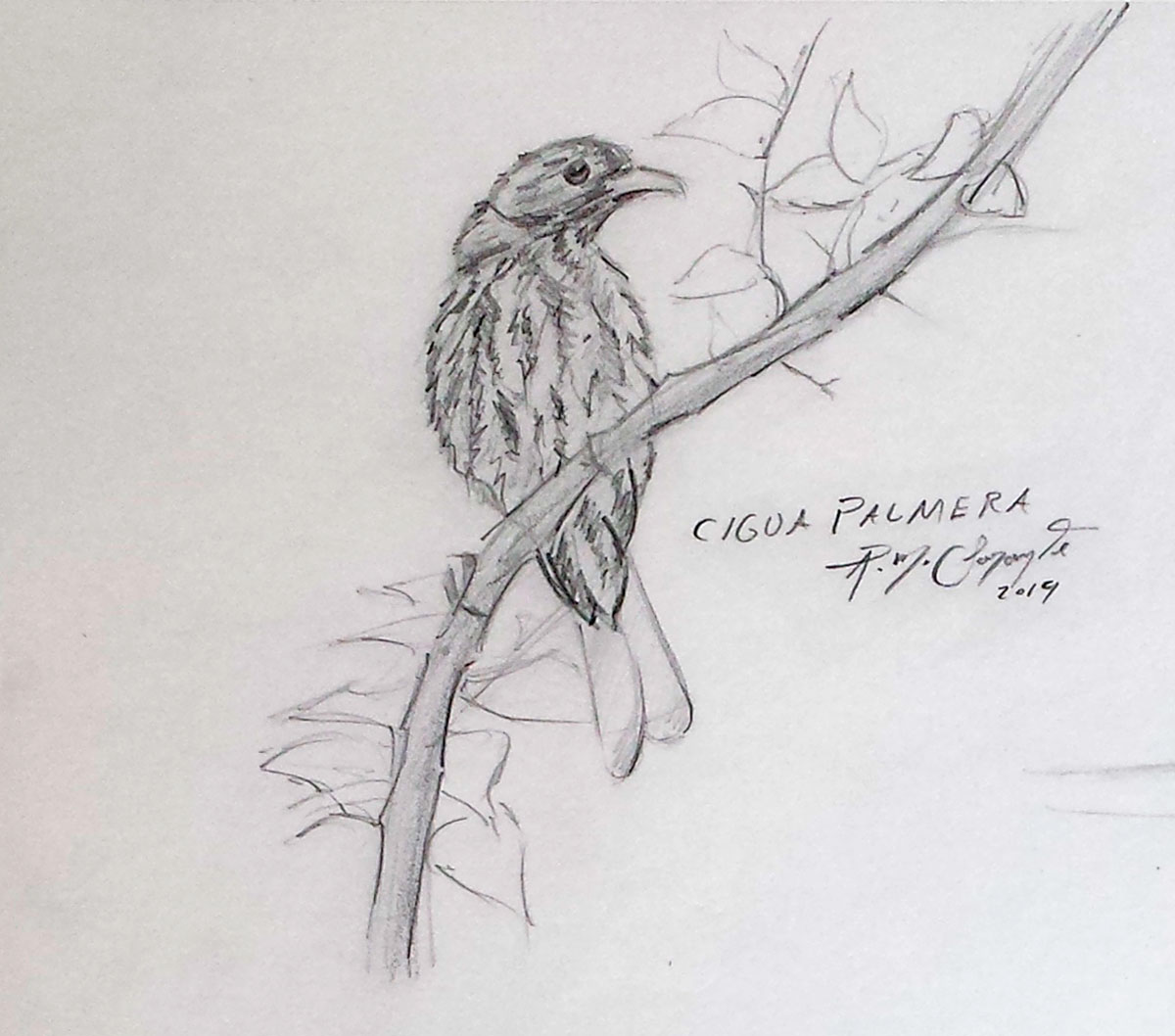
Cigua Palmera
This bird is about 20 cm long and has a brownish color with shades of white that give it a very unique appearance. It usually nests in the royal palms of some fields and cities. Due to its taxonomic peculiarities it has been considered a national bird of the Dominican Republic.
https://www.diariolibre.com/actualidad/la-nica-cigua-palmera-AMDL405674
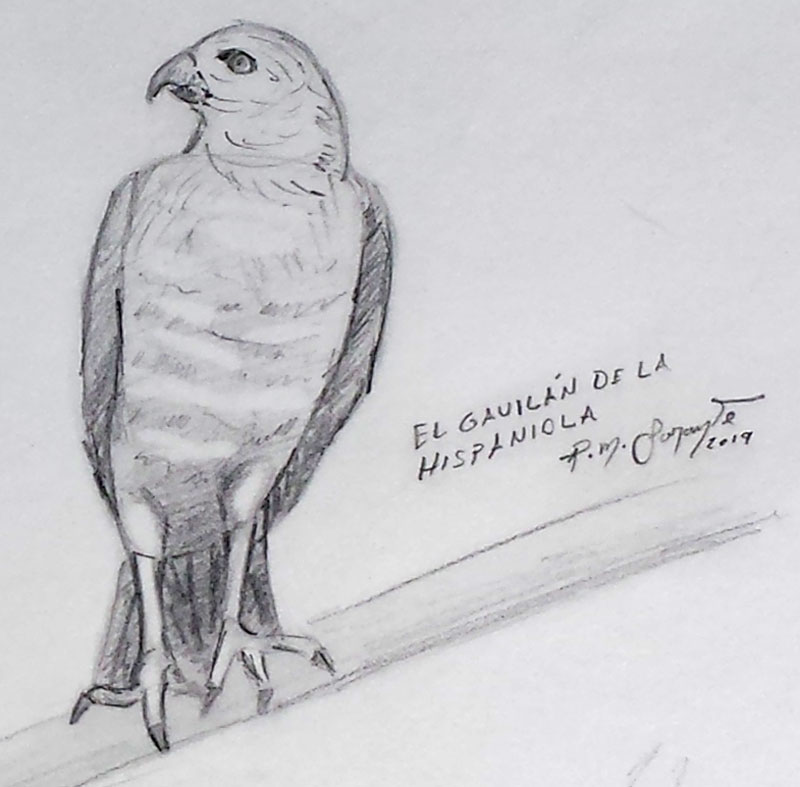
Gavilán of the Hispaniola
Considered one of the most endangered species on the island, you can find this bird only in the Haitises National Park. It usually feeds on reptiles, amphibians and rodents. Recent studies show that this bird is capable of adapting to a variety of habitats, from dry, humid or limestone forests.
https://www.diariolibre.com/actualidad/gaviln-de-la-hispaniola-guardin-de-los-haitises-FDDL386829

Chirrí de Bahoruco
This species of cigua is native to the Bahoruco region in the Dominican Republic and many others in Haiti. Inhabits high mountain climates, above 1000 meters of altitude. It is currently a critically endangered species and is on the red list of Hispaniola birds by international organizations that ensure the care of biodiversity.
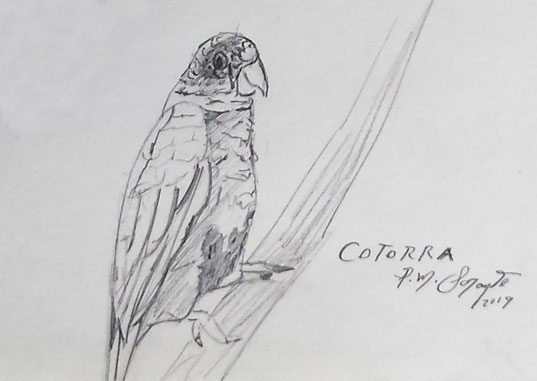
Cotorra
It is a species belonging to the Parrot family. It measures 28 cm in length and feeds on nuts, seeds and fruits. Among its physical characteristics are the predominantly green, white front and red belly. It usually nests in the hollows of the trunks left by other birds.
https://www.conectate.com.do/articulo/cotorra-amazona-ventralis-republica-dominicana/
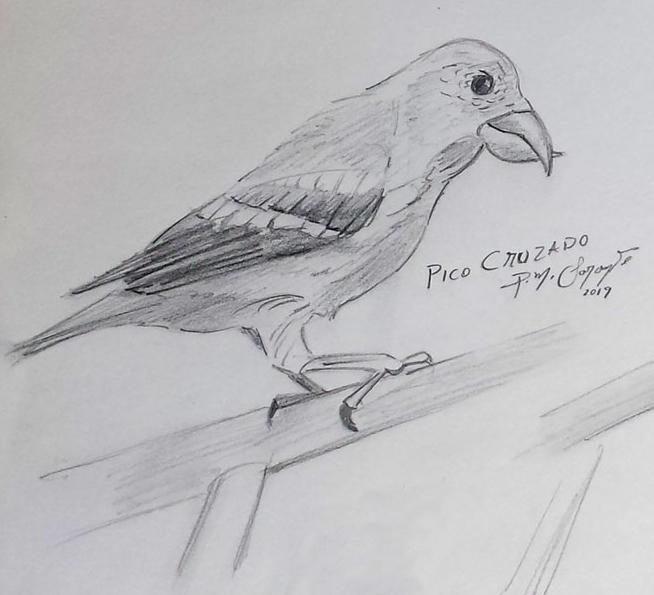
Pico cruzado
This bird lives in the reserves of the central mountain range and in the Bahoruco mountain range. It feeds on the seeds of the pine trees and to be able to crush them it makes use of its peculiar crossed beak (hence its name of crossbill).
https://www.diariolibre.com/actualidad/el-pico-cruzado-ave-endmica-amenazada-CMdl377621
With these five examples, we conclude the first part of this series of drawings on endemism in Hispaniola birds. In the next articles, the work of presenting the endemic species of the island will continue.

